This week the EU’s climate service Copernicus published figures for 2023. The headline statistic is that the temperature rise recorded last year, for a year, was the highest they had ever seen on record. But are we getting as full a picture as we should be?
Global surface air temperature highlights arising from the Copernicus data:
- 2023 is confirmed as the warmest calendar year in global temperature data records going back to 1850.
- 2023 had a global average temperature of 14.98°C, 0.17°C higher than the previous highest annual value in 2016.
- 2023 was 0.60°C warmer than the 1991-2020 average and 1.48°C warmer than the 1850-1900 pre-industrial level.
- It is likely that a 12-month period ending in January or February 2024 will exceed 1.5°C above the pre-industrial level.
- 2023 marks the first time on record that every day within a year has exceeded 1°C above the 1850-1900 pre-industrial level. Close to 50% of days were more than 1.5°C warmer than the 1850-1900 level, and two days in November were, for the first time, more than 2°C warmer.
- Annual average air temperatures were the warmest on record, or close to the warmest, over sizeable parts of all ocean basins and all continents except Australia.
- Each month from June to December in 2023 was warmer than the corresponding month in any previous year.
- July and August 2023 were the warmest two months on record. Boreal summer (June-August) was also the warmest season on record.
- September 2023 was the month with a temperature deviation above the 1991–2020 average larger than any month in the ERA5 dataset.
- December 2023 was the warmest December on record globally, with an average temperature of 13.51°C, 0.85°C above the 1991-2020 average and 1.78°C above the 1850-1900 level for the month.
However, we need to consider the longer term to obtain a fuller picture of the recent history of our climate. By ‘recent history’ I mean the period since the last time Ireland, Britain, and much of northern Europe were dominated by ice 13,000 years ago. Sudden, dramatic changes have occurred during the past 13,000 years; sudden climate change is not new. 13,000 years ago all butterflies and likely most if not all of the other invertebrates would have been eliminated from Britain, Ireland and probably much of northern Europe.
Rapid warming occurred in the period up to c.11500 BC, with steadier warming thereafter: by 9000 BC, major ice sheets had been eroded significantly, though were (possibly) still in evidence in the highlands of modern-day northern Britain. As regards conditions over southern Britain, by c.11500 BC, it is estimated that mean winter-time temperatures were between 0 and 4°C (perhaps a little lower than today’s values) and high-summer values between 12 and 16°C, again a little lower or like current figures.
However, ice receded, but with the return of cold weather, over the following three thousand years. The severe downturn known as the ‘Younger Dryas’ reversal is thought to have started abruptly c.10,900 BC, reaching a depth of cold c.10,500 BC, when average temperatures are thought to have been mid-winter, -16 to -20°C (at least 15 °C below modern values – a truly dramatic fall) and high-summer, 8 to 12°C, about 4°C below modern values. This would have been disastrous – given the c.50yr period over which the decline is thought to have occurred: if it were to happen today, it has been argued that civilisation as we know it would cease. By 11,500 BC, most of these islands were ice-free. Butterflies and other invertebrates probably re-occupied these islands from about 10,000 BC. By 9500 BC, temperatures were back to pre-reversal levels. By 8400 BC the estimated temperatures were: mid-winter 0 to 4°C (like today) and high-summer 14 to 18°C. These figures represent a rapid increase, far larger and more sudden than is being reported by Copernicus since 1850.
According to the figures from Met Eireann, the seasonal mean temperatures for Ireland for 1991-2020 gives summer as the warmest season with a mean air temperature for Ireland of 14.6°C. Autumn is the second warmest season with a mean air temperature of 10.3°C, followed by Spring at 8.8°C. Winter is the coldest season with a mean air temperature of 5.4°C.
As you can see, even under a climate warming scenario, Ireland’s summer temperatures were up to 1.4 °C warmer in 8400 BC. In 5000 BC the mean temperature is estimated to have been 2 Celsius warmer than values in the second half of the twentieth century.
Around 3000 BC, the climatic limit of elm and lime trees moved northwards, and woods probably grew on Orkney and exposed areas in northern Scotland, suggesting less windy conditions than exist today.
However, around 2200 BC colder conditions returned probably arising from volcanic activity. Over time, mean temperatures fell and rainfall increased, and bogs developed. By 200 BC temperatures may have 2°C below those of the warmest post-glacial period.
(The source of this data is Weatherweb.net, the internet presence of Weather Consultancy Services Ltd (WCS). Established in 1997 WCS provides weather forecasts, climatological data and expert analysis worldwide, to customers ranging from farmers to multi-national PLCs. It contains information similar to that found in other specialist sources online.)
Estimates for climate change before weather recording began are derived from sources such as tree-ring dating, ice-cores, palynology (study of plant pollen, spores and certain microscopic plankton organisms (collectively termed palynomorphs) in both living and fossil form), population movements, settlement patterns, written sources after 3400 BC, etc.
According to Thomas (2014) between 8000 BC and roughly 3000 to 2000 BC average summer temperatures were 2-3 °C warmer than today but about 2500 BC the climate cooled by 2°C or more. This must have caused butterfly extinctions. The species sensitive to cold could only survive by finding unusually warm habitats, like those created by humans who were felling woods from c.5000 BC (from c.3000 BC in the Burren, interpreting the pollen record (D’Arcy 1992)).
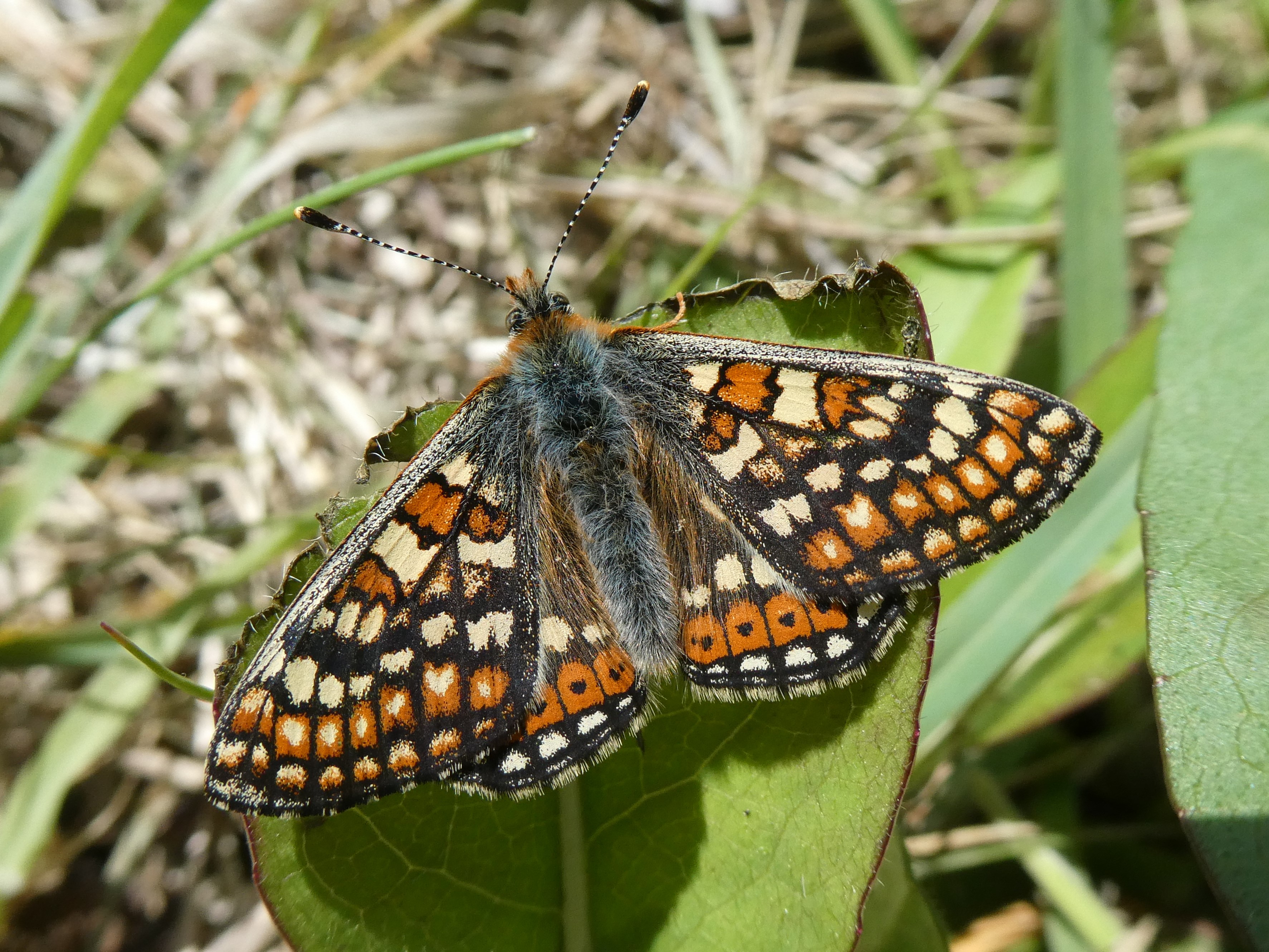
Species like Gatekeeper Pyronia tithonus probably became confined to the south coast of Ireland, in rocky areas which heated adjoining vegetation when the sun shone. Graylings Hipparchia semele would be likely to have retreated to areas devoid of tree cover where rocky and sandy habitats provided the heat-generating conditions they needed to grow their larvae. Other butterflies, like the Marsh Fritillary Euphydryas aurinia, are likely to have retreated to similar habitats and sheltered south-facing grasslands and large, sun-filled forest clearings.
In England, butterflies like the Silver-spotted Skipper Hesperia comma relied on areas cleared by humans and heavily grazed, where the grass was so short that soils baked in the summer sun. Woodland butterflies would have become dependent on coppiced woodland or areas in woods that were burned and allowed to recover.

In the 1970s and early 1980s, the Silver-spotted Skipper had reached a nadir, found on just 20 or so downland sites in southern England. Anyone who recalls the weather during the period 1977-1982 will remember wet, cold summers. The Silver-spotted Skipper needs warmer conditions than any other butterfly in Britain, and by the early 1980s, it looked destined for extinction in Britain. Studies were organised to assess its biology and habitat needs to attempt its conservation. It can very extremely difficult, and expensive, to restore a lost species.
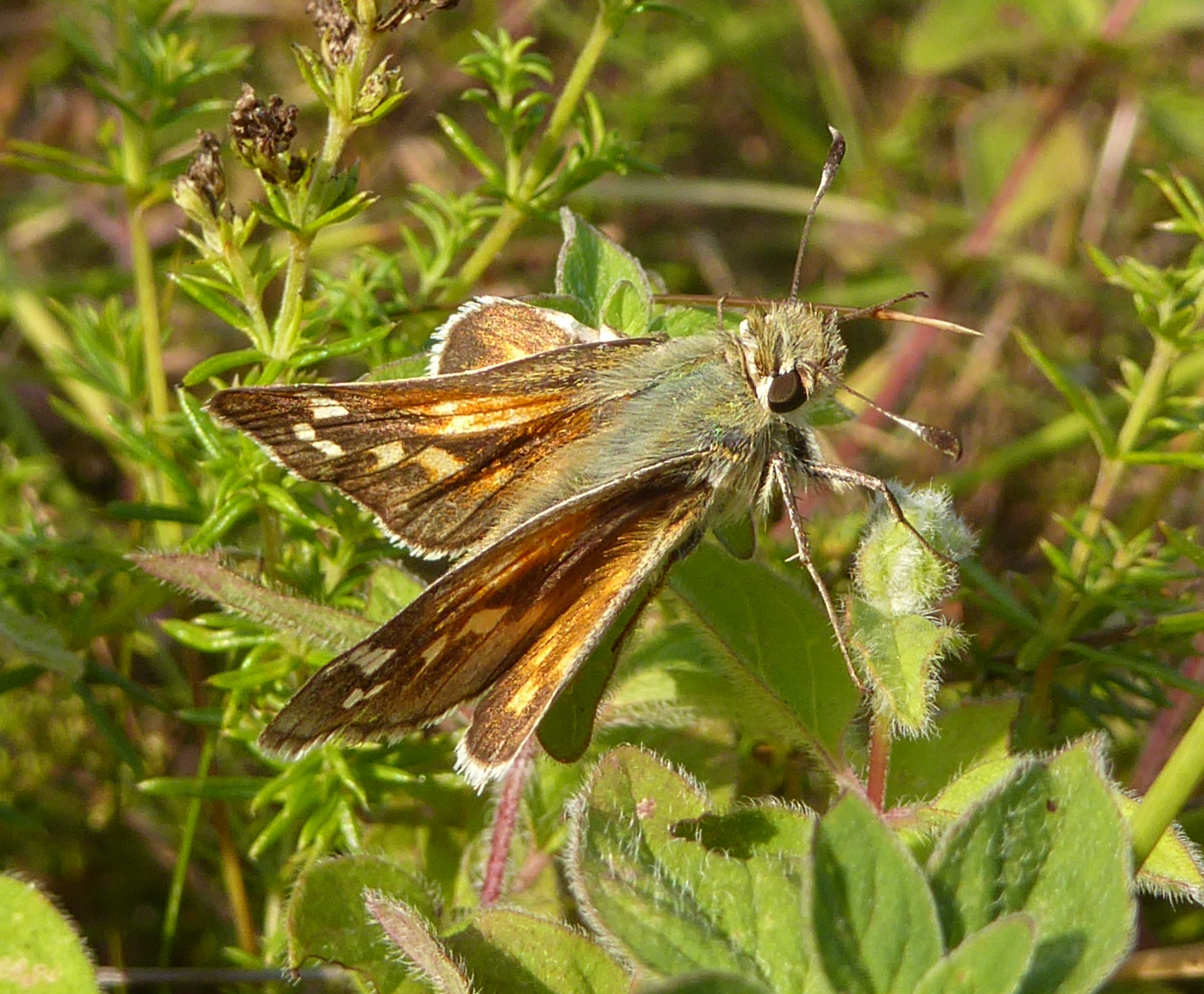
The studies confirmed the climate and habitat constraints the species labours under in Britain. Female Silver-spotted Skippers strongly preferred Sheep’s-fescue Festuca ovina plants (a grass species) that were growing well but were no more than 2.5cm in diameter and with about three-quarters of their edges adjoining bare ground. The females were avoiding tussocks under 1cm that have their tips eaten (typically by sheep and rabbits). Therefore, the butterfly wanted a thin-soiled, south-facing southern downland with 40% bare ground, 45% coverage of small Sheep’s-fescue plants, and the remaining 15% occupied by nectar sources. The fussiness meant that the butterfly needed a rather bespoke solution of heavy sheep grazing outside July and August, with no grazing during these months and the recovery of the rabbit population after it was struck by myxomatosis. Sheep grazing was restored to the steep south-facing chalk downs, rabbit populations recovered and today there are over 250 colonies in England (Thomas 2014).
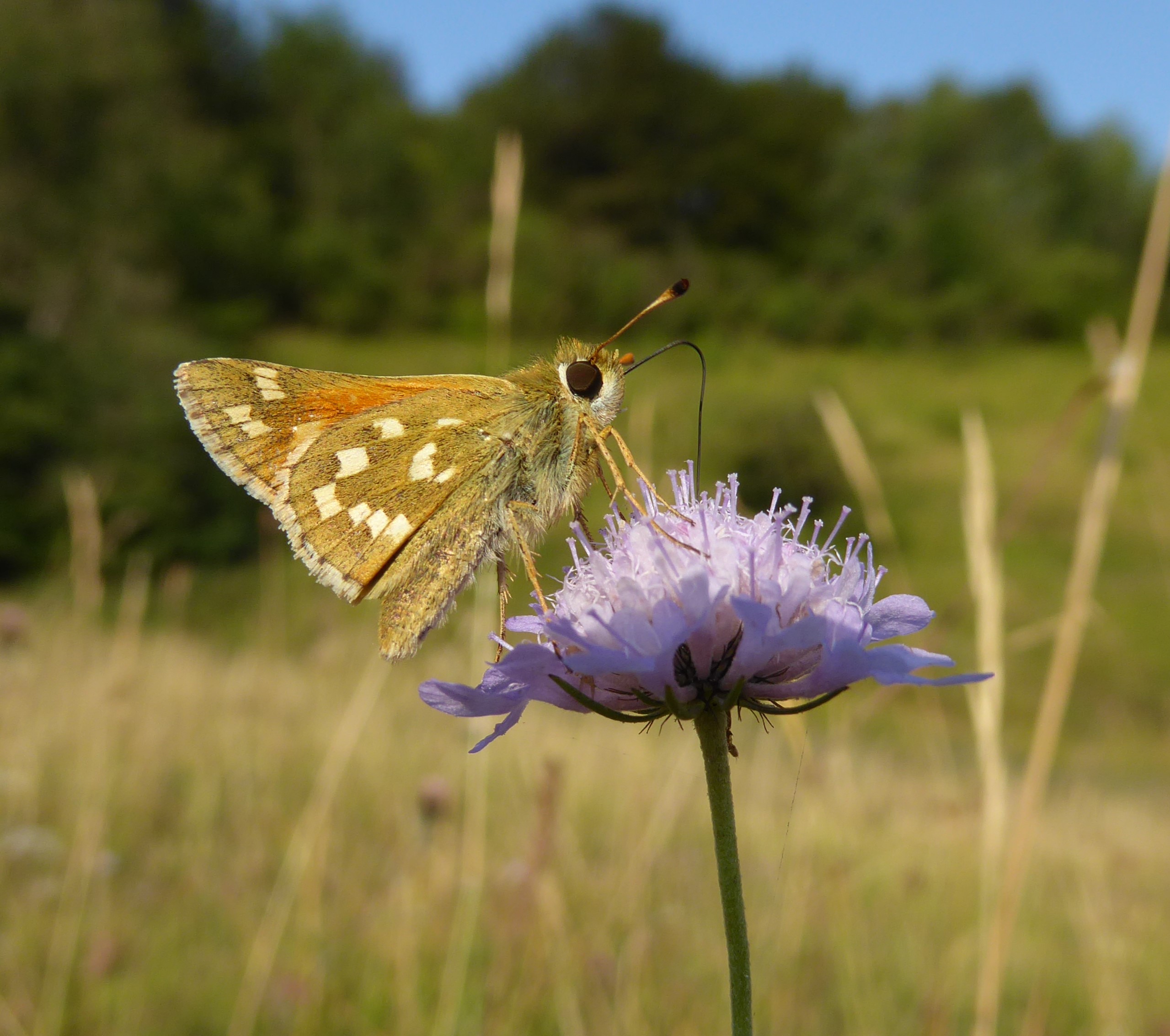
Another plus supporting the butterfly’s recovery is the increasing summer temperatures from the 1990s. Because the temperatures have risen, the butterfly has become less reliant on heavy grazing, with the species now using plants with as little as 20% of their edges abutting bare ground and less reliant on strongly south-facing sites (Thomas 2014). I noticed a considerable change in the sward at the Silver-spotted Skipper’s breeding site on Box Hill, Surrey, which I first saw in 1995 and again in 2018. The butterfly was just as numerous in both years, but in 2018 the sward was taller and had far less bare soil than in 1995. There were sheep present in 1995 and not in 2018. The warmer summers have helped. Between 1979 and 2019, the Silver-spotted Skipper abundance rose by 596% (Fox et al. 2023).
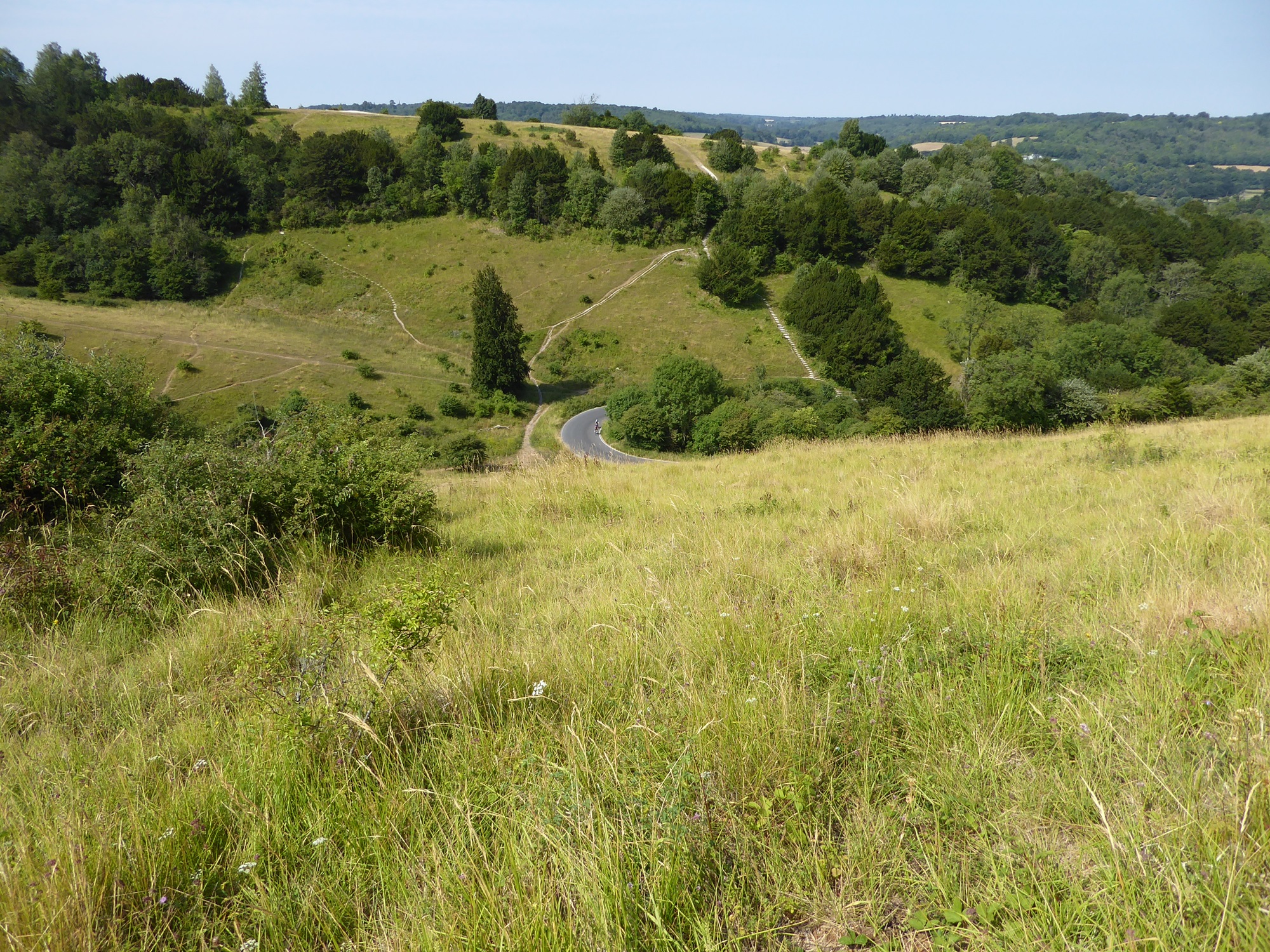
A warming climate certainly does not suit all our butterflies and has been implicated, in combination with nitrogen pollution, in the decline of species such as the Wall Lasiommata megera. But it would be dishonest to claim that it represents a disaster for all biodiversity. The expanding Comma Polygonia c-album, Brown Argus Aricia agestis, and Holly Blue Celastrina argiolus populations, among others, indicate that this is not the case. More research like that carried out into the biology and habitat requirements of the Silver-spotted Skipper is needed, because whether we agree with the way the climate data is presented, or the time scale used, climate change appears set to continue.
Accordingly, its effects on biodiversity must be assessed to shape policy and practice concerning our species and landscapes with particular emphasis on landscape-scale conservation to ensure a range of niches exist to mitigate climate impacts for species sensitive to changes in temperature and precipitation. Currently, climate change on its own is not an extinction risk to Ireland’s butterflies. The great damage being done today arises from habitat loss and changes to habitats arising from the intensification of farming. If climate change does threaten butterfly populations, it will likely do this in combination with pollution from agriculture and industry, and for some species, especially grass-feeders, this might be devastating.
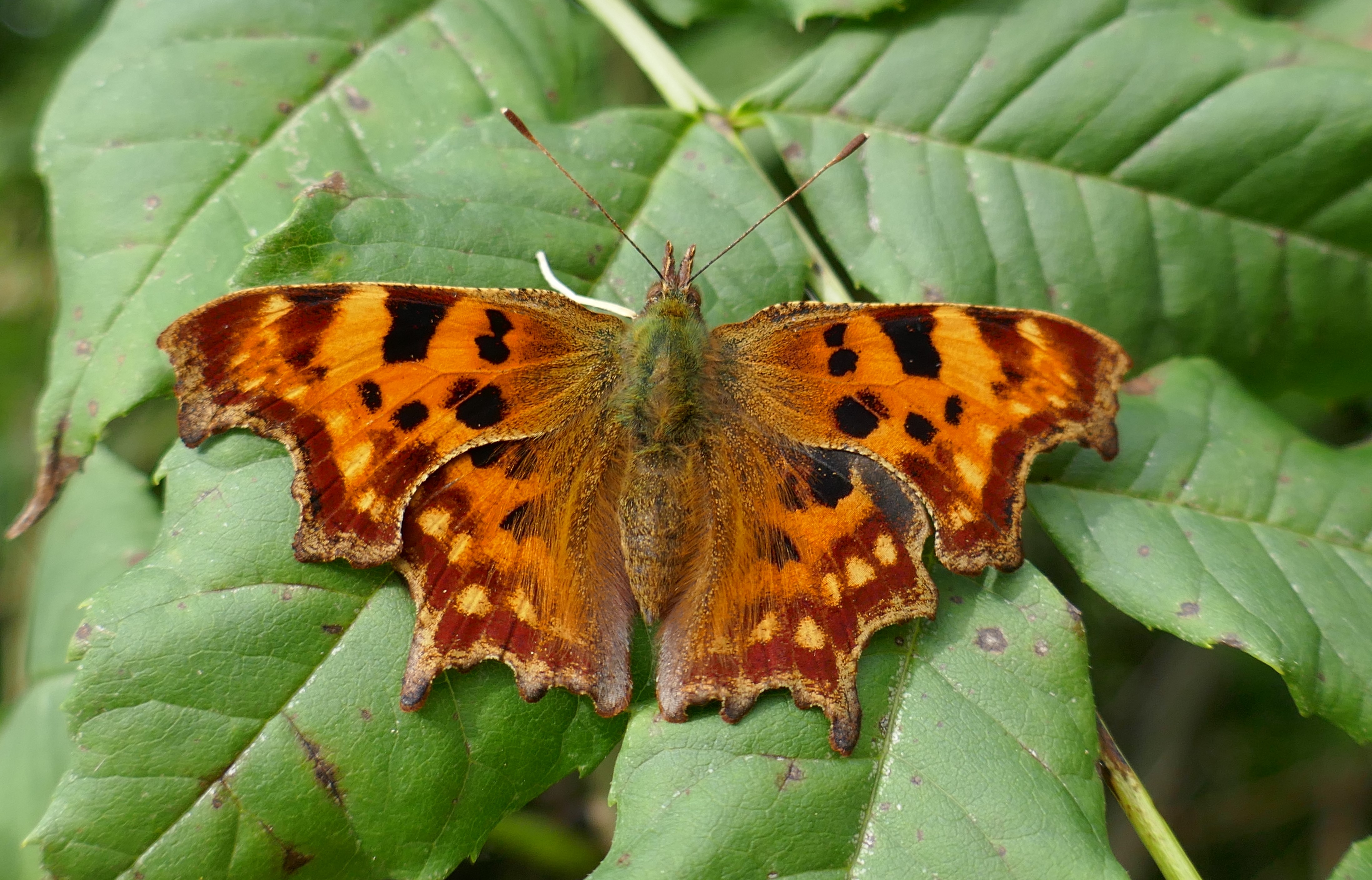
References
D’Arcy, G. (1992) The Natural History of the Burren Immel Publishing, London.
Copernicus: 2023 is the hottest year on record, with global temperatures close to the 1.5 °C limit https://climate.copernicus.eu/copernicus-2023-hottest-year-record accessed 10 January 2024
Fox R, Dennis EB, Purdy KM, Middlebrook I, Roy DB, Noble DG, Botham MS & Bourn NAD (2023) The State of the UK’s Butterflies 2022. Butterfly Conservation, Wareham, UK.
Ireland’s 30-year Climate Averages https://www.met.ie/cms/assets/uploads/2023/09/Irelands-Climate-Averages_1991-2020.pdf accessed 10 January 2024
Thomas, J. & Lewington, R. (2014) The Butterflies of Britain and Ireland British Wildlife Publishing, Oxford.
WEATHER IN HISTORY 11,000 TO 4000BC https://premium.weatherweb.net/weather-in-history-11000-to-4000bc/ accessed 10 January 2024
WEATHER IN HISTORY 4000 TO 100BC https://premium.weatherweb.net/weather-in-history-400-to-100bc/ accessed 10 January 2024
All photographs copyright J. Harding

